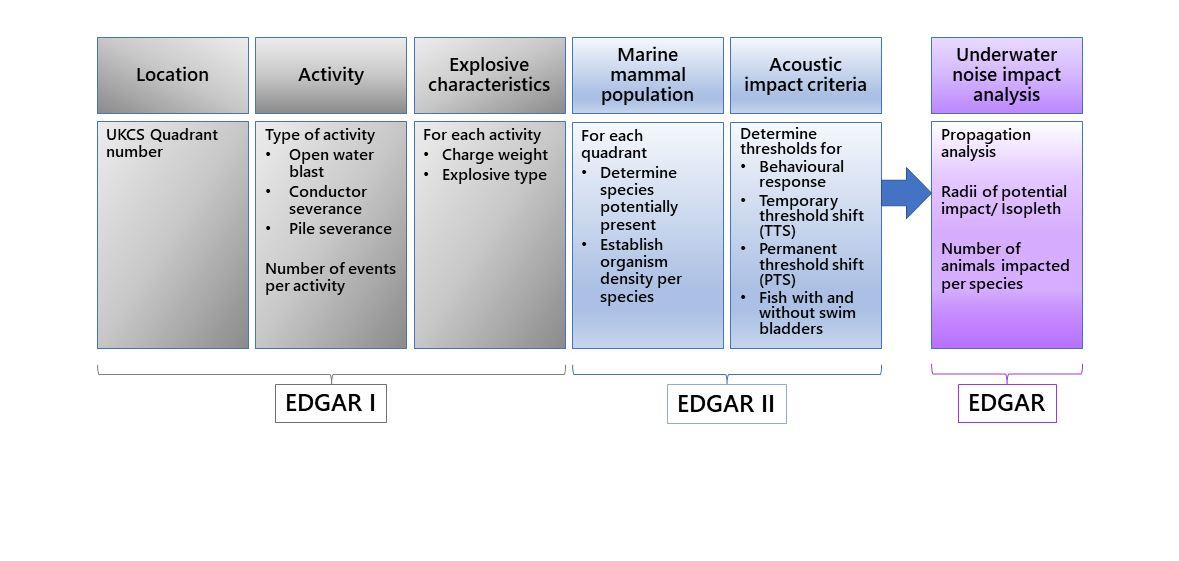

Silicon photonics has been expressed as a very suitable platform for the integration of quantum photonics because it is able to obtain high integration density, low losses, good passives, and high-speed photodetectors (PDs) with bandwidths up to 40 GHz. The result of this progress is not only a reduction of the physical size of the devices, but it also allows for more interferometric stability, reduced insertion loss, and the use of high-bandwidth components that have been present in traditional telecom applications for many years. Ī lot of progress has been made recently to increase the performance by monolithically integrating the optical front end. For instance, in CV-QKD, one of the largest contributors to the excess noise has been shown to originate from the electronic detector or, in QRNG, the generation rate scales naturally with the noise and bandwidth performance of the detector. The fidelity, stability, and speed of these measurements are determined in large part by the balanced receiver.

The utility for balanced detection is not only limited to quantum applications, because it is also used in many other classical applications where sensitive optical measurements are critical, such as optical coherence tomography, coherent lidar, gas sensing, or (long-distance) coherent optical communications.

In the quantum field, some common applications using balanced detection are: quantum random number generation (QRNG), continuous variable quantum key distribution (CV-QKD), characterization of quantum states, photonic quantum sensing, quantum computing and coherent Ising machines. High-speed balanced homodyne detectors receivers have become essential building blocks in a multitude of applications dealing with sensitive measurements. © 2021 Optical Society of America under the terms of the OSA Open Access Publishing Agreement 1. The high performance of the developed devices provide enhanced operation to many sensitive quantum applications such as continuous variable quantum key distribution, quantum random number generation, or high-speed quantum tomography. The presented detector shows a linear operation up to 28 dB quantum shot noise clearance and a high degree of common-mode rejection, at the same time achieving a shot-noise-limited bandwidth of more than 20 GHz. The high level of co-design and integration provides enhanced levels of stability, bandwidth, and noise performance. To address these performance issues, in this work we present a co-integrated balanced homodyne detector consisting of a silicon photonics optical front end and a custom integrated transimpedance amplifier designed in a 100 nm GaAs pHEMT technology. However, performance is typically limited due to the use of bulk optics and discrete receiver electronics. Optical homodyne detection is used in numerous quantum and classical applications that demand high levels of sensitivity.



 0 kommentar(er)
0 kommentar(er)
